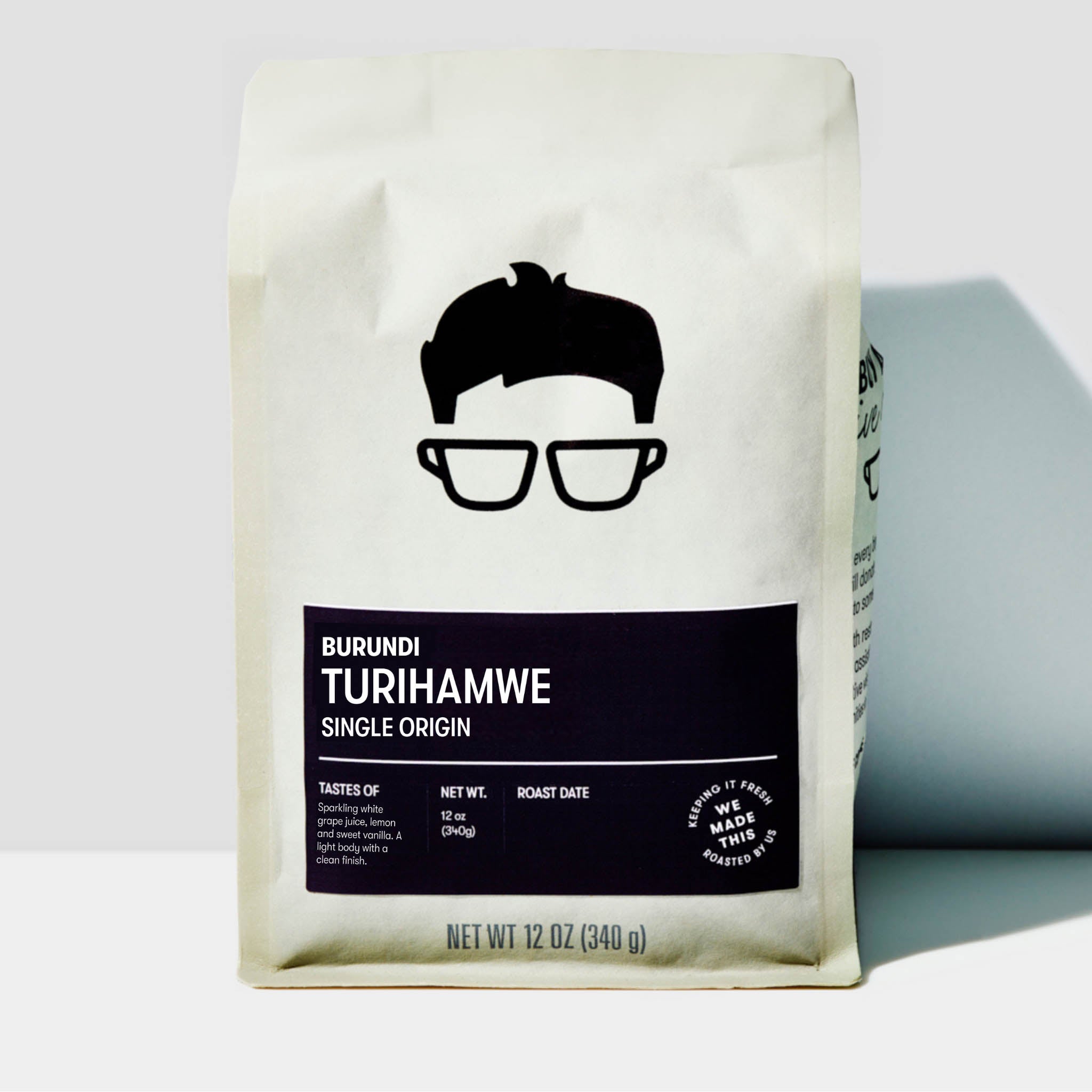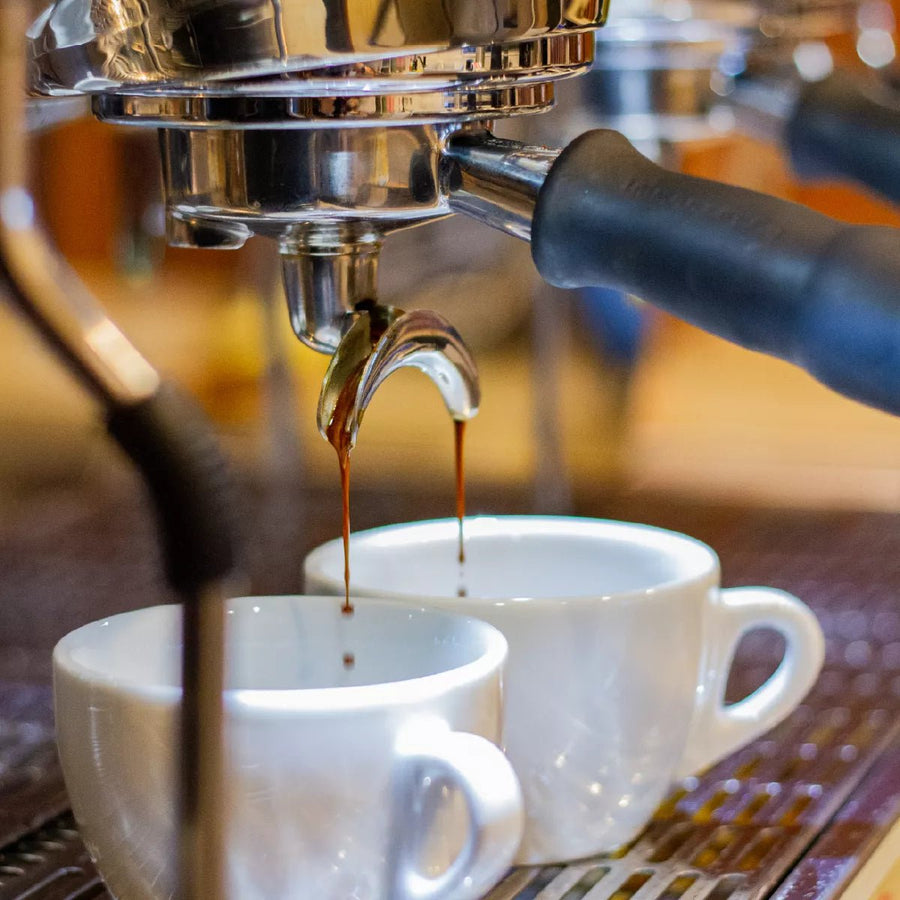Recognizing Coffee Beans: the Journey From Espresso to Blended Coffee Beans

The Origins of Coffee: A Global Point Of View
While you might consider coffee as a contemporary staple, its beginnings trace back centuries, intertwining with societies across the globe. The story begins in Ethiopia, where legend says a goat herder called Kaldi found the energizing impacts of coffee beans after observing his goats frolicking vigorously after consuming them. This triggered passion, bring about coffee's infect Arab investors who valued the made drink. By the 15th century, it reached Persia, Egypt, and Turkey, where coffeehouses became social centers for conversation and society.
As profession paths increased, coffee made its way to Europe in the 17th century, promptly obtaining popularity. Each culture included its distinct spin to coffee preparation, enriching its background.
Cultivation and Harvesting of Coffee Beans
As coffee's trip developed, the focus shifted to the farming and harvesting of specific bean varieties, particularly those used for coffee. You'll find that coffee beans usually come from Arabica or Robusta plants, each offering distinctive tastes. The perfect growing problems include high elevations and abundant, well-drained soil, which boost the beans' quality.
Throughout the harvest, selecting methods differ. In some areas, employees hand-pick ripe cherries, making sure only the very best fruit mosts likely to handling. In various other areas, mechanical farmers are made use of, especially on larger ranches. Timing is essential; you want to harvest when the cherries get to peak ripeness for optimum flavor.
As soon as harvested, the beans are prepared for processing, which is necessary in determining their final preference. Recognizing the cultivation and gathering procedures gives you understanding right into what goes into your favorite espresso, enhancing your recognition for each cup.
Handling Approaches: From Cherry to Bean
Since you've learnt more about collecting coffee beans, let's discover exactly how those cherries change into the coffee beans you enjoy. You'll see exactly how different harvesting techniques effect taste, followed by the vital steps of fermentation and drying. We'll break down the milling and grading process that determines your coffee's quality.
Collecting Strategies Clarified
When it comes to coffee, recognizing harvesting techniques is important, because they straight affect the taste and quality of the beans you enjoy. Selective choosing entails hand-picking only ripe cherries, ensuring you get the finest high quality beans. Inevitably, the selection of harvesting strategy can considerably affect your coffee experience, so it's worth knowing how those beans made it to your cup.
Fermentation and Drying Out
After harvesting, the next actions in handling coffee beans play a significant function fit their flavor. You'll discover that fermentation is essential, as it aids damage down the mucilage bordering the beans, boosting their preference profile. Depending on the technique, this procedure can last from a couple of hours to a number of days, with varying results based upon temperature level and moisture.
Sun-drying allows the beans to soak up flavors from the environment, while mechanical drying assurances constant wetness levels regardless of weather condition. Correct drying out is necessary to avoid mold and preserve the beans' top quality, inevitably influencing your mug of coffee.
Milling and Grading Process
As fermentation and drying out established the stage for flavor development, the milling and grading process guarantees that just the most effective coffee beans make it to your mug. This stage involves removing the outer layers of the coffee cherry, consisting of the parchment and husk. After milling, the beans are arranged by dimension and weight, making certain a consistent top quality. You'll discover that grading aids determine issues and classify beans, which affects taste and fragrance. Top quality beans obtain a greater grade, leading to a richer coffee experience. When rated, the beans are ready for product packaging and shipping, maintaining their distinct attributes. This thorough procedure is necessary for delivering the phenomenal preference you enjoy in every sip of your favored mixture.
Roasting Techniques: Opening Taste Possible
When you roast coffee beans, the approach you pick can significantly impact the flavor profile. Recognizing the connection in between time, temperature, and toasting strategies is key to exposing the capacity of your brew. Allow's check out just how these components integrated to develop the best mug.
Roasting Methods Discussed
While you could think that all coffee roasting methods produce the exact same results, the reality is that each method exposes unique flavor capacities in the beans. You can select between methods like drum roasting, air roasting, or even typical frying pan roasting. Drum toasting utilizes a turning drum to uniformly disperse warm, improving caramelization and creating a well balanced flavor. Air roasting, on the various other hand, flows hot air around the beans, promoting a lighter roast with noticable level of acidity. Pan toasting allows for hands-on control yet requires consistent attention to avoid burning. Each method has its subtleties, so trying out various techniques can assist you uncover the best roast that aligns with your preference choices. Delight in the trip of locating your perfect mug!

Effect On Flavor Account
Various roasting methods not just affect the process yet additionally greatly influence the taste account of the coffee beans. When you pick a light roast, you'll experience intense level of acidity and flower notes, showcasing the bean's beginning. On the other hand, a tool roast equilibriums level of acidity with sweetness, commonly exposing chocolatey touches. Dark roasts, on the various other hand, bring out vibrant, smoky flavors, in some cases concealing the bean's unique attributes. Each strategy exposes various oils and substances, leading to a vast array of tastes. By trying out various toasting designs, you can uncover which profiles reverberate with your palate. Comprehending these nuances helps you appreciate the creativity behind your mug of coffee, improving your total experience with every sip.
Time and Temperature Elements
To launch the full flavor possibility of coffee beans, both time and temperature throughout the roasting procedure play considerable functions. When toasting, you'll find that greater temperatures can promptly develop tastes, however if you hurry it, you could finish up with burnt notes. Conversely, lower temperatures allow for a much more steady flavor advancement, showcasing the beans' unique characteristics.

Timing is equally as essential; expanding the roast also long can cause a loss of acidity and illumination, while as well brief a roast may leave the beans underdeveloped. Discovering that pleasant place calls for method and trial and error. By adjusting these elements, you can reveal the abundant, intricate tastes concealed within each bean, producing a really remarkable coffee experience.
The Art of Mixing: Crafting Distinct Coffee Accounts

Start by selecting a base coffee that supplies a strong structure. A bright Ethiopian bean can bring fruitiness, while an abundant Brazilian coffee includes body.
As you blend, maintain in mind that each combination informs a story. You're not just making coffee; you're developing an experience. Take your time, taste regularly, and take pleasure in the trip of uncovering your signature mix - Single Origin Espresso.
Developing Methods: How Prep Work Affects Taste
Mixing coffee opens up a domain name of taste possibilities, but how you make that mix can significantly influence your last mug. On the various other hand, a pour-over highlights the coffee's clarity and illumination, perfect for showcasing delicate notes.
Espresso, with its high pressure, produces a focused shot that accentuates sweet taste and crema. If you favor a lighter brew, consider a cold mixture method; it yields a smooth, much less acidic taste.
Readjusting variables like water temperature, grind size, and make time can transform your coffee's profile. Accept the art of developing to uncover the tastes concealed in your coffee blends.
The Future of Coffee: Sustainability and Innovation
As the coffee industry progresses, sustainability and innovation are coming to be important for attending to ecological challenges and conference customer demands. You'll discover that more coffee business are embracing green methods, from sourcing beans ethically to implementing sustainable farming techniques. These shifts not just help the planet but also boost the quality of the coffee you delight in.
You might see technologies like biodegradable product packaging and water-saving brewing approaches that minimize waste. Advanced innovation, such as blockchain, is additionally coming to be popular, ensuring transparency in the supply chain, which enables you to trace your coffee back to its beginnings.
In addition, purchasing regional areas and sustaining farmers through fair profession efforts fosters a more sustainable coffee ecological community. As you sip your next cup, remember that your choices can contribute to a brighter future for coffee. By choosing for lasting brand names, you're not just delighting in a beverage; you're making a favorable effect on the world.
Often Asked Concerns
What Is the Difference In Between Arabica and Robusta Beans?
Arabica beans are smoother, sweeter, and have a higher acidity, while robusta beans are stronger, much more bitter, and contain even more caffeine. When making your coffee., you'll observe these differences in taste and aroma.
Exactly How Does Elevation Affect Coffee Bean Taste?
Elevation effects coffee bean flavor considerably. Greater elevations produce beans with brighter level of acidity and complicated tastes, while lower altitudes frequently produce beans that are much heavier and much less nuanced. You'll notice these differences in your cup!
What Are the Wellness Conveniences of Alcohol Consumption Coffee?
Drinking coffee can improve your energy, improve mental emphasis, and even improve physical efficiency. It's rich in antioxidants, might reduce the threat of certain diseases, and can advertise a healthier metabolic process when eaten in small amounts.
Can Coffee Beans Be Recycled for Developing?
Yes, you can recycle coffee beans for developing, but the taste may be weaker. If you take pleasure in experimenting, attempt recycling them in various means, like cool mixtures or including in shakes for an additional kick.
Just how Should I Store Coffee Beans for Quality?
To keep your coffee beans fresh, store them in a closed container in an awesome, dark area. Stay clear of exposing them to wetness, light, or warm, as these elements can swiftly degrade their taste and aroma.
Recognizing Coffee Beans: the Journey From Espresso to Blended Coffee Beans.
Now that you've discovered about gathering espresso beans, let's explore just how those cherries change into the coffee beans you enjoy.When Single Origin Espresso you roast coffee beans, the method you choose can considerably affect the flavor profile - Single Origin Espresso.While you could assume that all coffee roasting techniques yield the same results, the truth is that each method reveals special flavor capacities in the beans.Different toasting techniques not only affect the procedure but also greatly influence the taste profile of the coffee beans